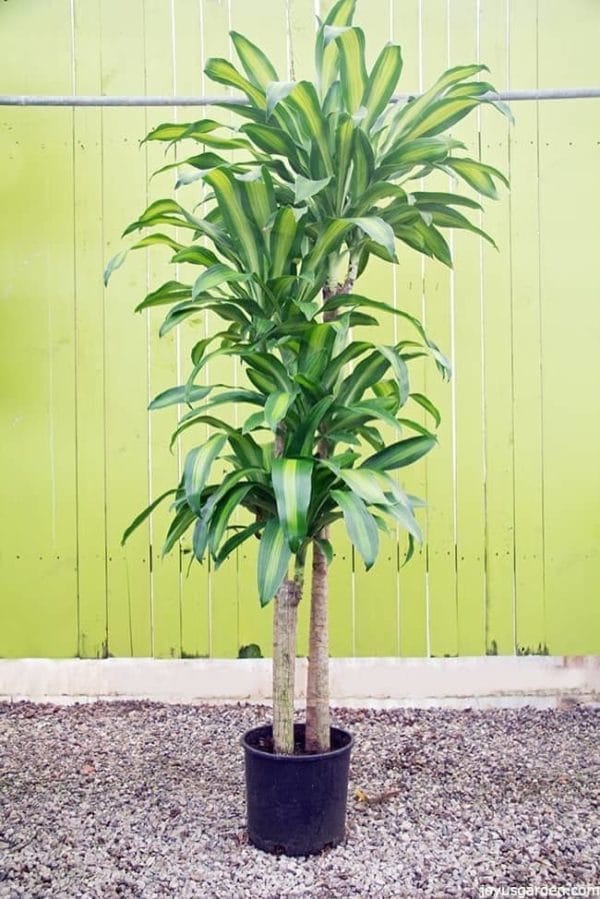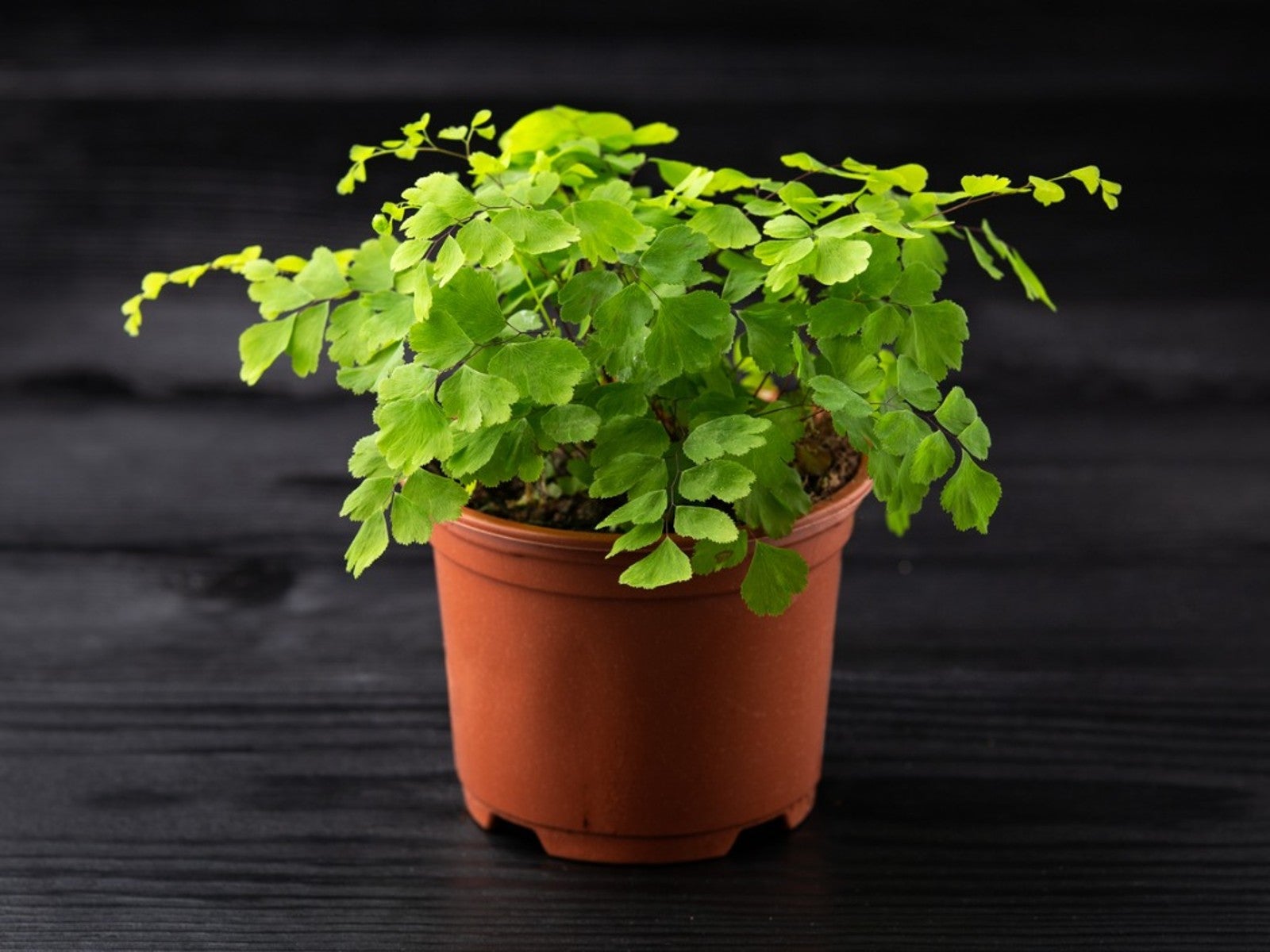Enhance Your Home Décor with the Best Low-Light Indoor Plants
Enhance Your Home Décor with the Best Low-Light Indoor Plants
Blog Article
Reveal the Keys of Low-Light Indoor Plants and Just How They Boost Your Atmosphere
Low-light indoor plants have actually amassed boosting attention for their one-of-a-kind capability to boost both visual allure and environmental high quality within homes and workplaces. These resilient types, consisting of the Snake Plant and Tranquility Lily, not just flourish in challenging lights problems yet also play a critical duty in air purification and emotional health.
Benefits of Low-Light Indoor Plants
Although lots of people presume that indoor plants require bountiful sunlight to thrive, low-light indoor plants use a plethora of benefits that make them suitable for numerous environments. Among the main benefits is their adaptability; they can flourish in rooms with limited all-natural light, such as workplaces, basements, or areas with tiny home windows. This function allows individuals to enhance their environments with plant, adding to boosted appearances without the demand for comprehensive illumination adjustments.
Moreover, low-light interior plants can considerably improve interior air quality by launching and filtering hazardous toxins oxygen, making living areas healthier. Research has actually shown that certain selections can soak up pollutants, thus advertising a cleaner atmosphere. In addition, they can improve mental health by minimizing stress and anxiety and increasing performance. The existence of plants has actually been linked to greater feelings of peace and focus.
Moreover, low-light plants frequently call for much less upkeep than their sun-loving counterparts, making them perfect for active people or those brand-new to horticulture. Their resilience enables them to prosper with minimal intervention, thus supplying a rewarding experience for plant lovers and novices alike. In summary, low-light interior plants offer both functional and aesthetic purposes, making them useful enhancements to any area.
Leading Low-Light Plant Selections
Low-light interior plants been available in a variety of types, each offering unique characteristics and benefits fit for dim settings. Amongst the most prominent varieties is the Serpent Plant (Sansevieria), understood for its air-purifying abilities and building leaves. This resilient plant thrives on overlook and can tolerate a vast array of light conditions.
One more outstanding choice is the ZZ Plant (Zamioculcas zamiifolia), which features shiny, dark eco-friendly fallen leaves and is extremely drought-tolerant. Its versatility makes it a favorite for workplaces and homes with restricted sunshine.
The Pothos (Epipremnum aureum) is likewise a top challenger, with its routing creeping plants and heart-shaped leaves - Best low-light indoor plants. This flexible plant can be educated to climb up or waterfall, adding visual passion to any room

Care Tips for Low-Light Plants
Caring for low-light interior plants needs a nuanced understanding of their details requirements to make certain optimum growth and vitality. It is important to pick the right potting mix, as a well-draining dirt is important to avoid root rot. A mix developed for houseplants, frequently containing peat moss and perlite, functions well for many low-light selections.
Watering is an additional key element of care. Low-light plants usually call for less frequent watering compared to their sun-loving counterparts. It is advisable to check the top inch of soil; if it feels dry, it's time to water. Overwatering can cause complications such as mold and mildew and origin degeneration.
Fertilization should be approached with care. During the growing period, a watered down fluid plant food useful site can be used monthly, but in wintertime months, several low-light plants enter dormancy and need little to no fertilizing.
Lastly, it's important to regularly cleanse the fallen leaves to eliminate dirt, allowing for better light absorption. By adhering to these care tips, you can cultivate a successful atmosphere for your low-light interior plants, enhancing both their appearance and long life.
Enhancing Air Top Quality With Plants
Indoor plants play you could look here a considerable role in boosting air quality within homes and office. Through the process of photosynthesis, these plants soak up carbon dioxide and launch oxygen, contributing to a healthier ambience. Additionally, certain low-light indoor plants possess the capability to filter unsafe toxins, such as formaldehyde, benzene, and trichloroethylene, which are frequently discovered in indoor environments.

Furthermore, the existence of indoor plants can raise humidity degrees, which helps reduce completely dry skin and breathing problems, better improving general wellness. This capability to boost air high quality not just promotes physical health yet also supports mental health.
Including low-light interior plants into your living and functioning spaces can lead to a more invigorating and vivid setting (Best low-light indoor plants). Purchasing these natural air cleansers is a basic yet reliable strategy for enhancing interior air quality and promoting a much healthier way of life
Producing a Calm Indoor Space
The combination of plants right into living spaces not only enhances air high quality yet also adds to a peaceful atmosphere. Low-light interior plants, such as snake plants and pothos, are particularly efficient in developing a tranquil setting, as they prosper in conditions that might otherwise be unwelcoming for other greenery. Their lush foliage supplies a soothing aesthetic, reducing stress and anxiety and advertising relaxation.
Integrating these plants into your home or workplace can stimulate a feeling of tranquility and wellness. Purposefully positioning them in locations where you invest significant time, such as living areas or offices, permits an immersive experience with nature, which has been shown to enhance mood and cognitive function.
Additionally, the mild activity of leaves in feedback to air movement can produce a dynamic aesthetic aspect that enhances the general ambiance. Consider using a variety of plant elevations and structures to include deepness and interest to your room. With thoughtful positioning and treatment, low-light interior plants can transform any location right into a peaceful haven, promoting not just visual satisfaction however likewise emotional and emotional health.

Conclusion
Integrating low-light Read More Here interior plants right into different settings returns substantial advantages, consisting of improved air quality and improved visual charm. These sturdy types not only thrive in marginal light but likewise add to a relaxing ambience, promoting psychological and emotional wellness. By picking suitable ranges and applying proper treatment methods, people can successfully grow a peaceful interior room that promotes health and productivity. The transformative power of low-light plants highlights their value in enhancing both work-related and property settings.
Although several individuals assume that indoor plants call for abundant sunshine to thrive, low-light indoor plants provide a multitude of advantages that make them excellent for numerous atmospheres.In addition, low-light interior plants can significantly improve interior air high quality by releasing and filtering system harmful toxic substances oxygen, making living rooms healthier. In addition, certain low-light indoor plants have the capability to filter damaging contaminants, such as benzene, trichloroethylene, and formaldehyde, which are generally located in indoor environments.
Low-light interior plants, such as snake plants and pothos, are particularly efficient in developing a serene environment, as they thrive in conditions that might or else be unwelcoming for various other greenery.Incorporating low-light indoor plants into different environments returns substantial advantages, consisting of boosted air high quality and improved aesthetic appeal.
Report this page